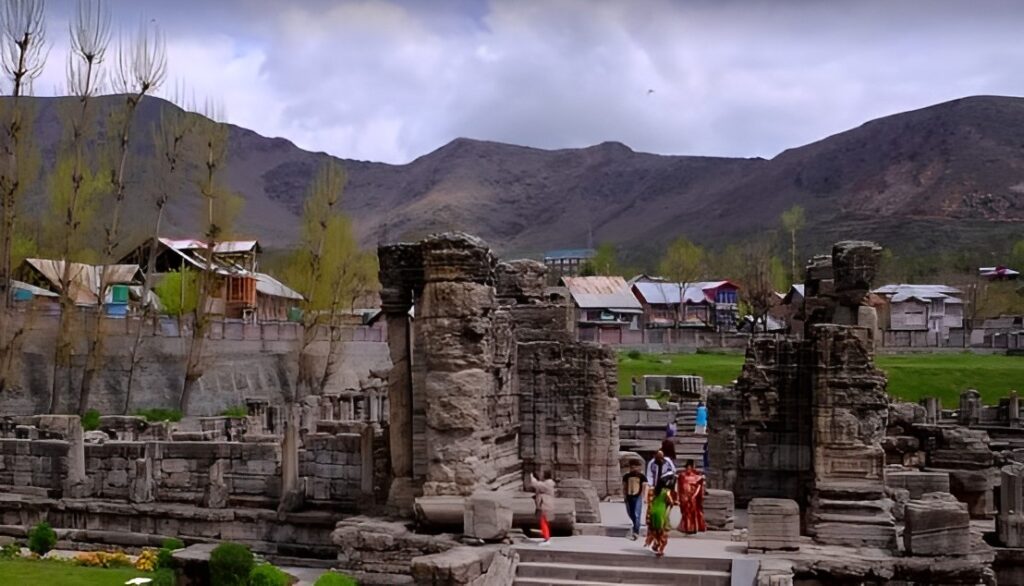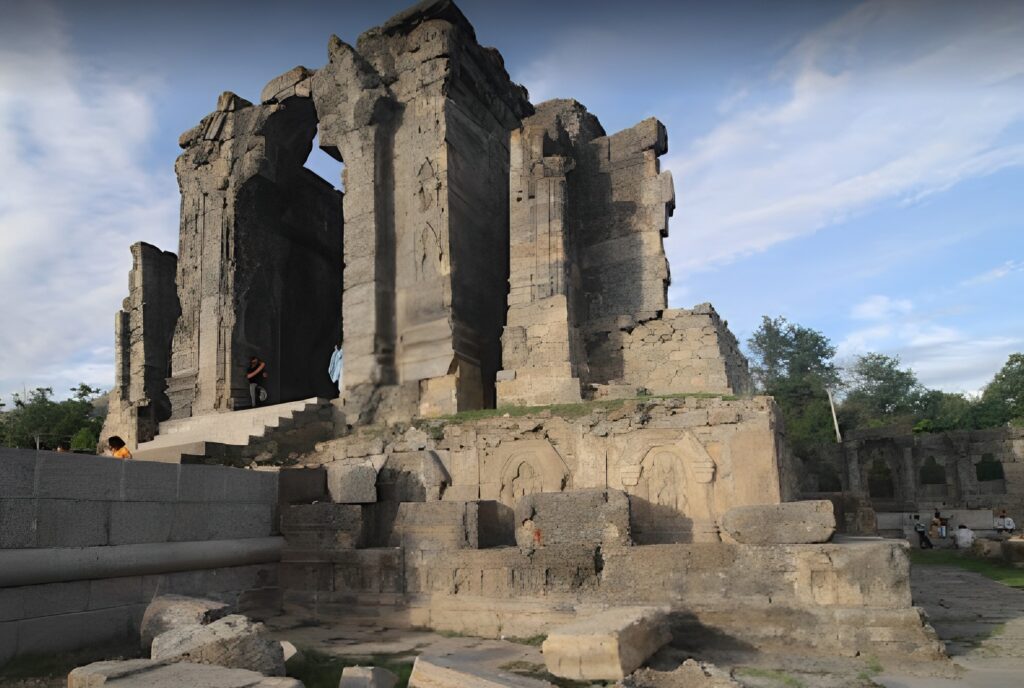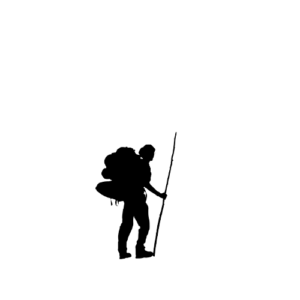Introduction
A Hindu temple in Kashmir—yes, you have heard it right. In Kashmir, there are a number of Hindu temples that speak about the state’s various histories. Hinduism and Buddhism flourished in the region at times.
Martand Sun Temple in the Anatang district of Kashmir is a beautiful piece of architecture. The temple is located 9 kilometers from Anantnag near Krewa and is also known as “Pandu Koru,” which means “house of Pandavas.” It was created in the 8th century AD in the region of Lalitaditya Muktipida, according to The word “Martand” in Sanskrit means “Surya.” The temple is dedicated to the god Surya. There are many temples in India that have been dedicated to the god Surya. Konark in Orissa and Modhera in Gujarat are in the same league.

Establishment
There are different stories about the establishment of the temple. Some historians argue that the temple foundation was laid by the legendary King Ranaditya in 370–500 ad and built under the Karkota dynasty of King Lalitaditya in 725–756 ad. But one thing is certain: it was standing tall and beautiful until it was attacked by the kind Sikandar Bushikan.

Architecture
On the plateau, nestled between the Kashmir Valley, which gives the whole thing its appearance, very little can be said about the temple’s beauty. It’s a blend of Chinese, Gupta, and Gandharan forms of architecture. Unfortunately, at present, only the ruins of the temple have been left behind. Unfortunately, it couldn’t survive the wrath of Muslim invaders like Sikand Shah and Jonaraja.
A 220-foot-long and 142-foot-wide columned courtyard surrounded by 84 shrines is the primary center of the temple. According to Hindu architecture, the entrance gate is located on the western side and is the same width as the temple itself, giving it a sense of grandeur. The main shrine in the center of the courtyard was thought to have a pyramidal shape.
The wall of the temple is carved with deities like Vishnu, Ganga, and Yamuna in addition to Surya. Mortar was used to hold limestone blocks together. Historians speculated that King Laitaditya may have enlisted the assistance of a Byzantine architect in the construction. The use of lime mortar became popular in northern India after the rise of the Delhi Sultan in the 13th century.
Invasion
Historians believe that in order to Islamize society, Sikandar pursued realpolitik policies with the help of Sufi saint Mir Muhammad Hamadani and chief counsel Suhabhatta, a brahman neo-convert. Further weather conditions and natural calamities have expedited the process of destruction.
Conservation of Martand Sun Temple
The temple comes under the protection of the Archaeological Survey of India. The government has notified it under the list of centrally protected monuments in the Kashmir Valley under the United Nations World Heritage Convention. The temple will be proposed for Unesco World Heritage Site status in the future.
In the past, the temple has been a part of film shooting
| 1970 | Maa ki aankhen |
| 1975 | Aandhi |
| 2014 | Haider |
How to reach Martand Sun Temple
Road: Rent a taxi from Kashmir to Anantnag. From Anantnag, the temple is situated 9km from Kehribal
Railway: Station Anantnag on the Banihal and Qazikund railway lines.
Airport: Srinagar airport known as Sheik ul Alam airport is 62 km from Anantnag
